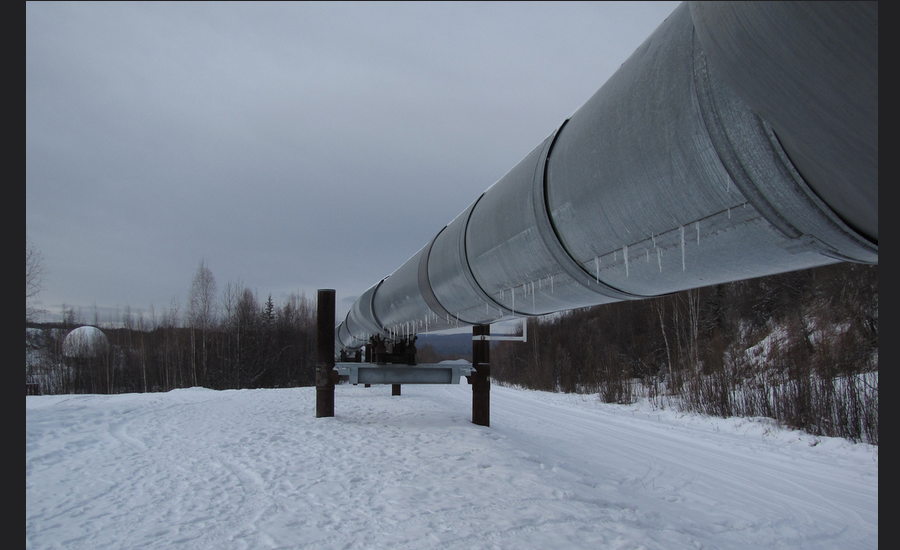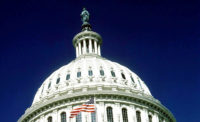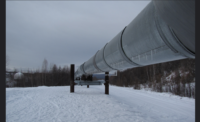The pipeline safety act signed by President Obama last week after being unanimously passed in both the House and Senate gives the secretary of Transportation the power to quickly issue emergency orders for the pipeline industry if an incident exposes a widespread problem.
The Protecting our Infrastructure of Pipelines and Enhancing Safety Act of 2016, or PIPES Act reauthorizes the federal government’s pipeline safety program through 2019, increasing the agency’s funding 2 percent annually during that period and giving regulators new emergency authorities.
The bill also outlines three provisions concerning Enbridge-owned Line 5 running through the Mackinac Straits and other Great Lake pipelines, including designating the Great Lakes as a High Consequence Area, improving oil spill response plans to address ice cover, and requiring critical reviews of dangers associated with pipeline age and integrity. Enbridge will be required to inspect the internal and external inspection safety of the two pipelines at least once a year. Their annual inspection requirement applies to pipelines that rest more than 150 feet under water, and Line 5 runs to depths of up to 290 feet under water.
PHMSA is now required to develop national regulations for the construction and operation of underground natural gas storage facilities and to continue to work on a large set of mandates from the 2011 pipeline safety law, many of which the agency has not completed.
The American Petroleum Institute (API) welcomed the PIPES Act, noting that it gives pipeline operators transparency into the regulatory process and sets timelines for feedback to operators on pipeline inspections.



